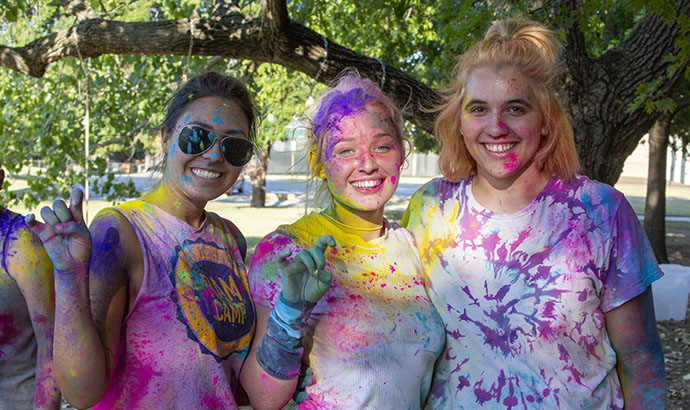Therapy vs. medicine: which is the more popular treatment?
More than 61.5 million Americans (one out of every four) experience a mental health disorder in any given year. You may expect that most of these individuals would seek help for their disorder through therapy or medication. You may also expect that therapy’s success rate without the risks of antianxiety or antidepressant medication would make it the most popular treatment.
If you plan to go for your master’s in professional counseling, you’ll have certain options for patient treatment, including referring them to a psychiatrist to discuss medication. Knowing the landscape of the mental health world and current treatments that mental health professionals are using is just as important to counseling as listening skills.
Medicine Wins
In 2008, the Substance Abuse and Mental Health Services Administration reported that 13.4% of adults had received some kind of mental health treatment that year. “Treatment” includes being on medication or seeing a professional in either an inpatient or outpatient setting. Of patients considered to have a serious mental illness (in 2008):
- 58.7% got treatment
- Of those patients:
- 7.5% received inpatient care
- 40.5% received outpatient care
- 52.6% took medication
These medications are also not always given out by a mental health professional. According to ABC, in 2011, more than two-thirds of people on antidepressants reported that they had not seen a mental health professional within the previous year. Instead, they received their medication from their primary care physician.
It’s not just adults with mental illness who aren’t getting the therapy they need:
- Just 50.6% of children (ages 8-15) with mental illnesses were using mental health services in 1998
- 10% of children with mental and emotional disorders say that these disorders affect their day-to-day lives
- BabyCenter conducted a survey that revealed that 21% of mothers had said that they have been diagnosed with postpartum depression
- Of that 21%, 40% of them did not seek treatment for the condition
The Price of Treatment
What could be keeping people from reaching out for help from a mental health professional? One answer is cost. Mental disorders are considered one of the top five most expensive medical conditions, costing the average individual in 2006 around $1,600.
Another reason individuals may skip out on therapy? The stigma surrounding mental health and mental health treatment. According to the CDC, a 2007 Behavioral Risk Factor Surveillance System survey found that 57% of all adults felt that people are generally sympathetic to those with mental illnesses. In contrast, only 25% of respondents with a mental illness said that people are sympathetic. Many individuals suffering from mental illness keep it inside, and it is often decades after the onset of the illness before the individual reaches out for help.
About 70-90% of Americans with mental illness reported improvement in both symptoms and quality of life after getting treatment, which means individuals not seeking any kind of treatment may be suffering unnecessarily. As a professional counselor, you can make a difference in the lives of your patients, and encourage those who hesitate to ask for help to talk to someone about what they are going through.
If you’re ready to get deeper into mental health research through your master’s in professional counseling, reach out to one of our helpful admissions counselors.







